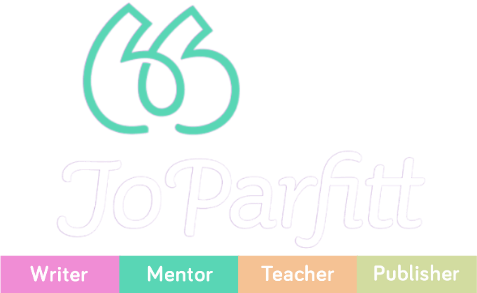Seven techniques to connect with your reader
How can you connect with your reader today?
The idea for today’s blog post came to me in church. There was no singing allowed, apart from the choir, who sat two metres apart. The congregation too sat apart and only every other pew was used. A churchwarden opened the door to our pew and handed us our orders of service with recently sanitised hands. These are unusual times.
There is a point in the communion service when we are asked to give a sign of peace to each other. How were we to do that when hugging and hand-shaking are forbidden? I soon discovered that instead of stretching out my hand to those in reach I did all that was left to me: I scanned the space and sought out people’s eyes and when I found a pair looking in my direction we locked eyes more firmly than ever before. With limited resources we did what we could, smiled broadly in an attempt to elicit a twinkle and gave a slight nod. The depth of connection in those moments touched me, causing my heart to give a little flip. Never before have I felt so engaged to those I was able to greet. And this is when the topic for today’s post hit me…
You have to find a way to connect with your reader. You have to connect in the purest, simplest, most fundamental of ways and you have to make them notice you, really notice you.
For it was in the brief, deep moments of engagement in church that day that it was clear that real engagement is a two-way thing. Without us both taking it seriously there could be no engagement.
Seven rules of engagement
So how do you, the writer, connect with your reader? Sure, you make them notice you by making them laugh, entertaining them or writing exquisite prose. You can create tension and have a fabulous plot and a stunning cast of characters that keeps them turning pages. But it is only when you connect at a deep level that you can make their heart flip.
Here are some ideas to help you engage with your readers at that deep level:
- Allow your words, characters or story resonate with the reader so that they can empathise with the story.
- Be vulnerable and authentic. Write your truth.
- If you are writing a how-to book, include case studies of people who are like your ideal reader and personal anecdotes that will get your reader nodding in recognition.
- Be relevant.
- Be accessible, keeping language simple so your reader can understand.
- Use names for your characters. Call your father Daddy, Papa or Da, rather than “my father”.
- Omit self-indulgent writing about things that interest you but maybe are not needed by the book.



